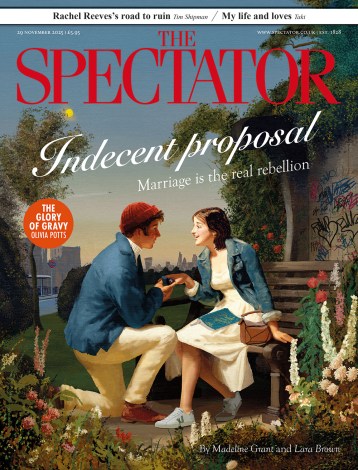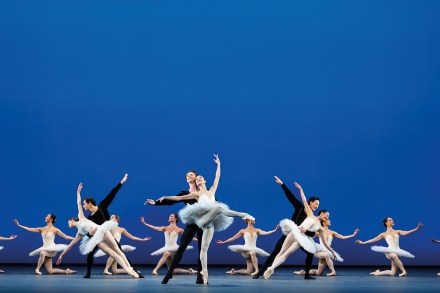Why are today’s choreographers so musically illiterate?
Most choreographers today have lost interest in using music as anything more than a background wash of colour and mood. More’s the pity. For an earlier generation the idea that the dance grew through the music – into and out of it – was of the essence: or, as Balanchine famously said: ‘See the music, hear the dance.’ In a fascinating piece for the Guardian recently, the composer Nico Muhly explains how rich the interaction between a choreographer’s phrasing of movement and the bar lines or metrical structures specified in the score can be: ‘If the music feels as if it’s in comfortable cycles of four bars, is the dance




















